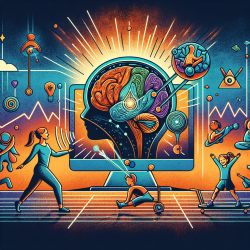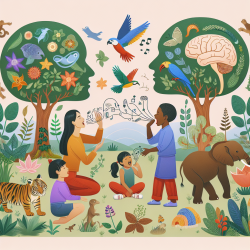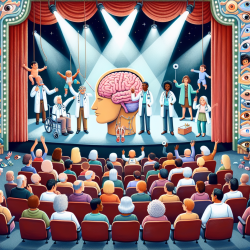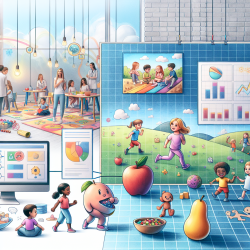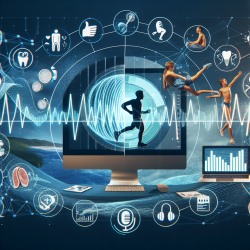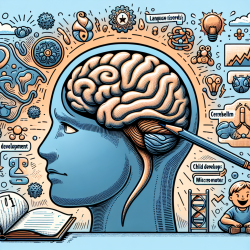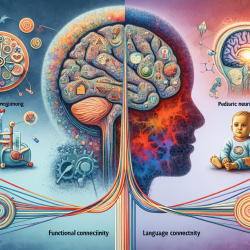The Balanced Growth project, detailed in the research paper "Balanced Growth project: a protocol of a single-centre observational study on the involvement of the vestibular system in a child’s motor and cognitive development," presents invaluable insights for practitioners in the field of online therapy. This research underscores the significant role of the vestibular system in children's motor and cognitive development, offering practical applications to enhance therapeutic outcomes.
The vestibular system, located in the inner ear, is crucial for maintaining balance, posture, and spatial orientation. Its influence extends beyond physical coordination to cognitive functions such as attention, memory, and spatial awareness. The Balanced Growth project investigates these connections in typically developing children, those with vestibular impairments, and children with neurodevelopmental disorders (NDDs).
Key Findings and Applications:
- Association Between Vestibular Function and Cognitive Skills:
The study highlights a strong link between vestibular function and higher cognitive skills. Practitioners can incorporate vestibular-based activities to enhance cognitive development in children. Activities like balance exercises, head movements, and gaze stabilization can be integrated into therapy sessions to stimulate the vestibular system. - Impact on Motor Skills:
Vestibular dysfunction can significantly affect motor skills. The research emphasizes the importance of early diagnosis and intervention. Practitioners should consider vestibular assessments as part of their diagnostic toolkit and employ targeted motor skill exercises to support children with vestibular impairments. - Dual-Task Protocols:
The project introduces a dual-task protocol, combining cognitive and motor tasks, to better represent real-life scenarios. This approach can be particularly beneficial in online therapy, where practitioners can design interactive sessions that challenge both cognitive and motor skills simultaneously. - Comprehensive Assessments:
The study's extensive test battery includes vestibular, motor, and cognitive assessments. Practitioners can adopt similar comprehensive assessments to identify specific areas of need and tailor interventions accordingly. Tools like the video Head Impulse Test (vHIT), cervical and ocular vestibular evoked myogenic potentials (c/oVEMP), and dynamic visual acuity tests are recommended. - Focus on Neurodevelopmental Disorders:
Children with NDDs often exhibit vestibular-like characteristics. The research calls for more attention to vestibular function in this population. Practitioners should be vigilant in assessing vestibular function in children with NDDs and consider vestibular rehabilitation as part of their therapeutic approach.
Encouraging Further Research
The Balanced Growth project opens avenues for further research. Practitioners are encouraged to explore the vestibular system's role in cognitive and motor development in diverse populations. Collaborative research efforts can lead to optimized diagnostic and treatment procedures, significantly improving the quality of life for children with vestibular and neurodevelopmental disorders.
To read the original research paper, please follow this link: Balanced Growth project: a protocol of a single-centre observational study on the involvement of the vestibular system in a child’s motor and cognitive development.
